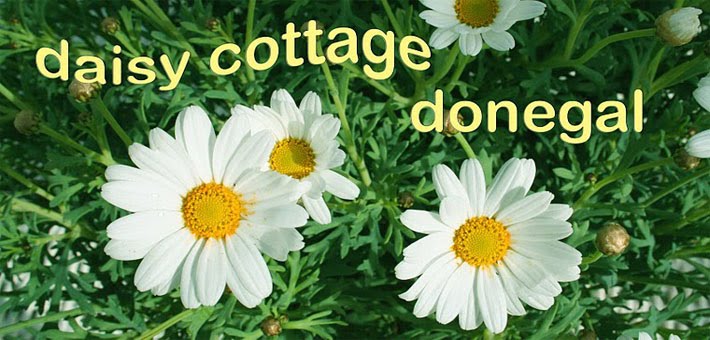The iconic Ben Bulben mountain in County Sligo
The church and graveyard where Yeats in buried 'under the shadow of Ben Bulben'
I love this place for many reasons, not simply the beauty of the spot, though that is of course one reason. But more than that, there is for instance the words on the Yeats memorial area 'tread softly because you tread on my dreams' taken from 'Aedh Wishes For the Cloths of Heaven', how beautiful are those words? I told my husband that when I die, I want those words on my gravestone. Aedh was one of the Children of Lir (also a Celtic God of Death), a folklore tale I have loved since first hearing it as a child. On the doors to the church there has a beautiful bronze of two swans (and I love swans) taken from Yeats' poem 'The Wild Swans at Coole'.
I love too his love for his native Ireland and the way his heart never left no matter where he went.
I will arise and go now, and go to Innisfree,
And a small cabin build there, of clay and wattles made:
Nine bean-rows will I have there, a hive for the honey-bee,
And live alone in the bee-loud glade.
And I shall have some peace there, for peace comes dropping slow,
Dropping from the veils of the morning to where the cricket sings;
There midnight's all a glimmer, and noon a purple glow,
And evening full of the linnet's wings.
I will arise and go now, for always night and day
I hear lake water lapping with low sounds by the shore;
While I stand on the roadway, or on the pavements grey,
I hear it in the deep heart's core.
And I love too the way his last wish was for his body to return there after death.
Yeats' and his wife George's grave at Drumcliffe
Yeats was born in Sandymount, County Dublin on the 13th of June 1865 and shortly after his family moved to Sligo where his mother came from. The family later moved to England but Yeats' heart always remained in Ireland I think and especially Sligo where he and his siblings (including the artist Jack) spent a lot of time with their grandparents there during his childhood. He died in Menton, France on the 28th of January 1939 and had previously told his wife to bury him at nearby Roquebrune-Cap-Martin, quickly and without media fuss. His wife said his actual words were 'If I die bury me up there (at Roquebrune) and then in a years time when the newspapers have forgotten me, dig me up and plant me in Sligo.' His body was moved to its final resting place in September 1948 to the graveyard at Drumcliffe attached to St. Columba's Church where his great-grandfather John Yeats had been rector there for over 30 years in the early part of the 19th century.
On his simple headstone are the words:
Cast a cold Eye
On Life, on Death.
Horseman, pass by.
Yeats' headstone at Drumcliffe, County Sligo
These words come from his own poem 'Under Ben Bulben' (the name of the iconic Sligo mountain which stands behind the graveyard). Verse 6 of Yeats' 'Under Ben Bulben' reads:
Yeats' grave under the shadow of Ben Bulben
Under bare Ben Bulben's head
In Drumcliff churchyard Yeats is laid.
An ancestor was rector there
Long years ago, a church stands near,
By the road an ancient cross.
No marble, no conventional phrase;
On limestone quarried near the spot
By his command these words are cut:
Cast a cold eye
On life, on death.
Horseman, pass by!
Outside the churchyard there is an area devoted to Yeats with a life size bronze sculpture by the artist Jackie McKenna. This is just lovely in that it has been created to suit all in that it is accessible by both the ambulent and those with mobility difficulties and even includes information in braille for those with no or limited eyesight. There is even a little stone seat where one can sit and ponder the words on the ground under the bronze from 'Aedh Wishes For the Cloths of Heaven'.
Treat softly because you tread on my dreams ...
Had I the heavens' embroidered cloths,
Enwrought with golden and silver light,
The blue and the dim and the dark cloths
Of night and light and the half-light,
I would spread the cloths under your feet:
But I, being poor, have only my dreams;
I have spread my dreams under your feet;
Tread softly because you tread on my dreams.
Close up of the life sized bronze
So if you do visit the site, (and you really should) you can then visit the little cafe there where we enjoyed a time in the lovely friendly atmosphere there. We had a panini each (mine goats cheese, sun dried tomatoes and red onion, his with cream cheese, bacon and tomato) and an Americano for me and a cappuccino for him.
Another perfect day.
LINKS
Yeats Society Sligo
Interesting link to 'Horesman'
More information on YEATS









No comments:
Post a Comment